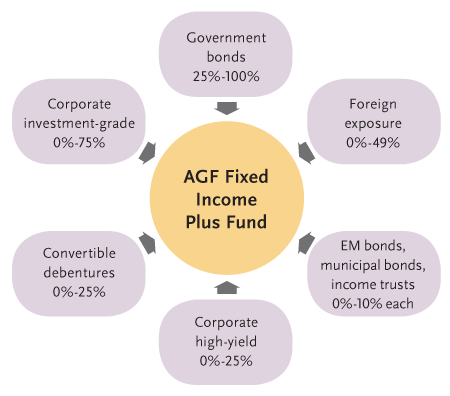Fixed Income Funds
Post on: 18 Октябрь, 2015 No Comment

Bond Mutual Funds
Top 11 Low Cost US Taxable Fixed Income Mutual Funds, Higher Minimum Deposit
The top 11 low cost taxable U.S. fixed income mutual funds, when you have $100,000 to invest
This top 10 + 1 article discusses the top 11 low cost US taxable bond mutual funds, if you have $100,000 to invest. Now, you say that you do not have a hundred grand for a single bond market investment fund? Well, all is not lost for you (and for most other people). Elsewhere on this bond index funds website, we have published a US bond article that lists the Top 14 Low Cost Taxable US Bond Mutual Funds that have much lower initial contribution requirements. This other taxable US bond article covers taxable US fixed income mutual funds that require much lower initial investments for taxable fixed income funds.
When you review the taxable fixed income funds list below, you will immediately notice that every fund is offered by The Vanguard Group investment company. This is not surprising, because Vanguards long term business strategy has been to offer the best index mutual funds at the lowest costs. Vanguard dominates this low cost US fixed income mutual funds marketplace.
What is important when you buy taxable fixed income funds?
Most importantly, the investment research literature indicates that lower cost bond mutual funds tend to yield higher fixed income investing returns. The bond market is no place for an individual investor to try to beat the market and get higher returns through attempts at clever fixed income investing. Even professional bond market money managers do not beat the bond market. The higher their fund charges, the further they fall behind.
The failure of professional bond market money managers to deliver higher returns to justify their higher fees is thoroughly documented in the research literature. To better understand why paying higher bond mutual fund fees creates a deadweight loss to individual investors, see this Bond Mutual Fund Fees article elsewhere on this website. This article about the unjustifiably high investment management costs of bond mutual funds summarizes three studies. All three of these cost evaluation studies about US fixed income mutual funds clearly show that the more you pay for fixed income funds, the less you get.
Our sister website, Best NoLoad Mutual Funds. provides some scientific criteria for selecting the best mutual funds and ETFs. Click any of the numbered subheadings in that article, and you will find a more detailed article about that particular selection criteria for choosing index mutual funds.
Regarding selecting fixed income funds from a bond market investment company, the process of choosing bond mutual funds can be even more straightforward. On this website, you will find additional articles about investing in bond mutual funds and bond ETFs. These articles indicate that the more you pay when you buy fixed income funds, the less you get. See these articles: No Load Bond Funds. Bond Mutual Fund Fees. and Bond Index Funds .
The list of the top 11 low cost taxable US fixed income mutual funds, when you have $100,000 to invest
The table of low cost taxable US fixed income mutual funds below is arranged by increasing annual management expense ratio. However, all these fixed income funds have management expense ratios that are very low. When investing in bond mutual funds you need to decide the type of bond fund by bond quality (default risk) and bond duration. Bond duration is the weighted average of the expected cash flows for the bonds in the portfolio.
In addition to default risk and bond duration, lower bond mutual fund fees have been shown to have a significant impact on expected bond yields. Note also that the average bond duration for these fixed income funds will influence their rates of portfolio turnover. Over 90% of the bond portfolio assets of these funds invested in bonds and fixed income securities. Most have very close to 100% of their assets in long bond secuities. All these funds were believed to be open to new investors at the time of writing.














